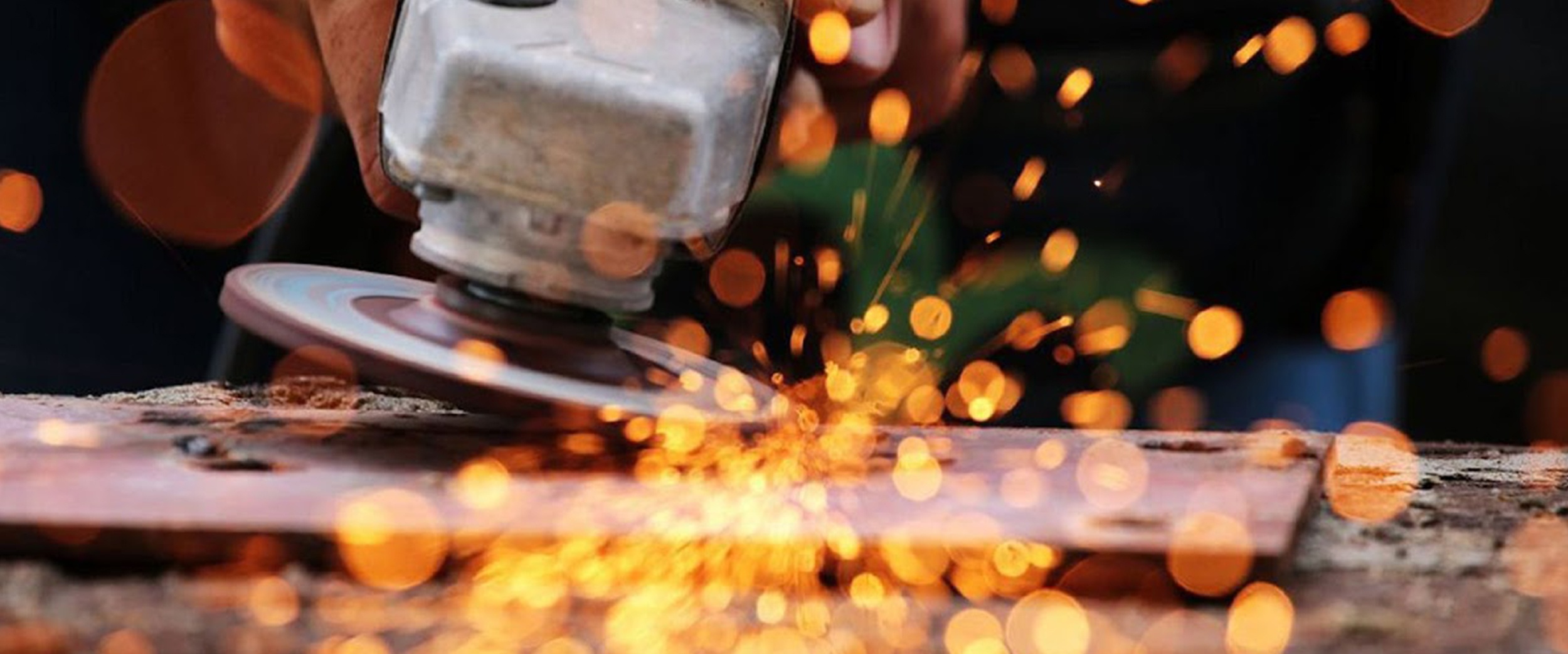One of the most important aspects of owning and operating a construction company is safety. It’s absolutely vital that you and your crew practice good safety habits to avoid injuries. Even those crews who are as safe as possible still experience accidents—unfortunately, the construction industry does tend to see more injuries than others. However, if you do practice hand and power tool safety, you can dramatically cut down the number of injuries that occur every year and make sure that any accidents that do happen are not as severe as they could be. Here are some tips that can help you keep your crew as safe as possible.
Non-Powered Hand Tools
Hand tools that don’t rely on battery power, gasoline, or electricity can still be dangerous. It’s possible for crew members to cut themselves or otherwise be injured by these tools through misuse or lack of maintenance. Employees always need to remember to wear the correct safety gear—gloves, safety glasses, the proper footwear, and anything else necessary. They also need to always be aware of their surroundings and carefully watch what they are doing.
Employees should watch for two things in particular when using hand tools. The first is to make sure there isn’t anyone nearby who could get hurt. Second, they need to watch for flammable substances, especially if they are using tools that could create sparks.
Power Tool Use
Many accidents occur because someone is using a power tool they don’t fully understand how to operate. Before anyone should use a power tool on the job site, they should be trained in the tool’s use, maintenance, and safety. These tools can be very dangerous if misused.
Here are some basic power tool safety rules that all employees should follow:
– Always unplug power tools correctly—never jerk the cord to pull the plug loose.
– Always carry tools by the handle, never by the cord.
– Make sure all hoses and cords are away from sharp edges, flames, and liquids.
– Make certain tools are unplugged before performing maintenance or changing any accessories.
– Only use power tools on level areas where your balance isn’t in question.
– Be sure that anyone observing is a safe distance from the workspace.
– Unplug all tools or remove the batteries when not in use.
– Use clamps to secure all materials before using power tools on them.
– Never have a finger near the power switch while moving tools or preparing the material. Otherwise, it’s possible to hit the switch and turn the tool on accidentally.
– Always keep power tools clean and in good condition. Lubricate and maintain them as outlined in the instruction manual.
Safety Guidelines
All construction crews are required to follow and comply with OSHA guidelines. These guidelines are there to prevent accidents and make sure work sites are as safe as possible. In addition to following these guidelines, here are a few power tool safety guidelines you need to keep in mind.
Keep Blades Sharp
Any tool used to cut materials, regardless of the type of material, always needs to have a sharp blade. That’s because sharp blades are actually safer to use. They cut better and do not require as much force to operate. Dull blades can damage materials, leave behind sharp or uneven edges, or even break while in use. When returning these tools to the shelf or another storage area, cover the blades or cutting edges whenever possible.
Inspect Tools Before Using Them
Before you use any tool, whether it’s a power tool or not, always inspect it for damage. You want to make sure that the cords, hoses, and wires are not cut or damaged in any way. Check the handles for cracks or other signs that they may break while in use. Also look for leaks in any tanks and other damage. Tools that can’t be repaired should be discarded. Never use any sort of temporary or quick fix on a tool—that can backfire and injure you or someone nearby.
Wear Appropriate Clothing
Loose clothing, including draping sleeves and pant legs, could easily get caught in power tools and either ripped off or pull a person into the tool. Jewelry and long hair that isn’t tied back can also be a safety hazard. Employees should always be sure anything they’re wearing is secure and cannot lead to an injury.
Likewise, appropriate clothing must always be worn when using certain tools. This includes masks, respirators, gloves, and durable clothing. All employees should know what safety gear is required for each tool they use.
By following these safety tips, you’ll be able to reduce the number of accidents that occur on your job site and keep in your employees safer. That, in turn, will reduce the amount of worker’s comp claims you have to handle each year, saving your company money.






